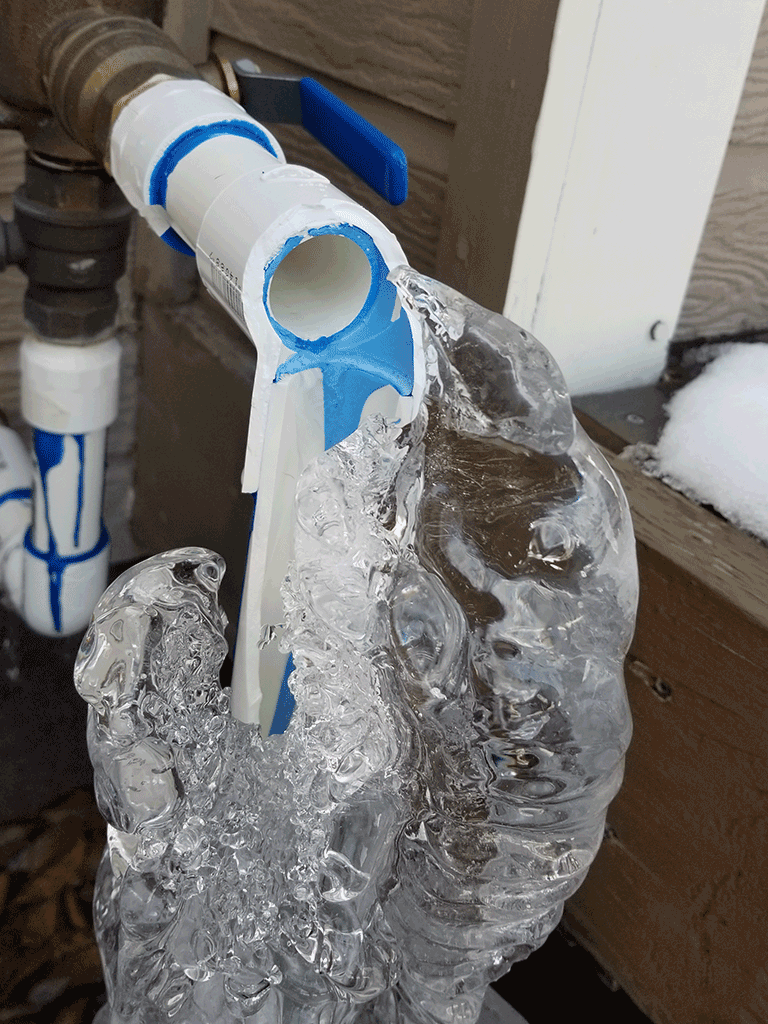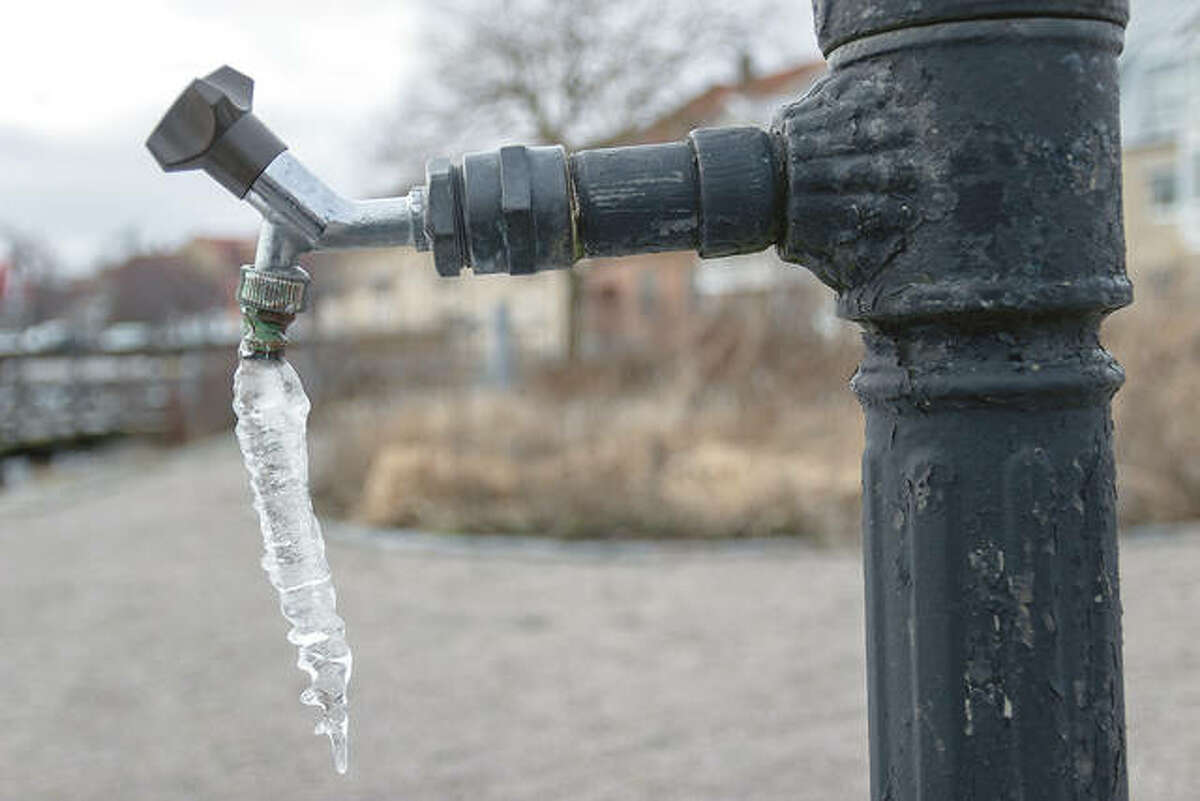Avoiding Frozen Pipes in Cold Weather: Essential Strategies
Avoiding Frozen Pipes in Cold Weather: Essential Strategies
Blog Article
We have come across this post on Preventing and dealing with frozen pipes listed below on the net and decided it made good sense to discuss it with you here.

Winter can ruin your pipes, specifically by freezing pipelines. Here's exactly how to avoid it from taking place and what to do if it does.
Intro
As temperature levels decrease, the danger of frozen pipes boosts, possibly resulting in pricey repairs and water damage. Comprehending exactly how to stop frozen pipes is important for home owners in cold climates.
Prevention Tips
Insulating vulnerable pipes
Cover pipelines in insulation sleeves or make use of heat tape to shield them from freezing temperature levels. Focus on pipes in unheated or external locations of the home.
Home heating methods
Maintain interior areas sufficiently heated, particularly locations with pipes. Open closet doors to allow warm air to distribute around pipelines under sinks.
How to determine icy pipelines
Seek decreased water flow from faucets, unusual odors or noises from pipelines, and noticeable frost on revealed pipelines.
Long-Term Solutions
Architectural changes
Consider rerouting pipes away from exterior walls or unheated locations. Include added insulation to attic rooms, cellars, and crawl spaces.
Upgrading insulation
Invest in top quality insulation for pipes, attic rooms, and wall surfaces. Appropriate insulation helps keep constant temperature levels and minimizes the danger of icy pipelines.
Securing Outside Pipes
Yard hose pipes and outdoor faucets
Detach and drain yard hoses prior to winter. Install frost-proof faucets or cover exterior taps with shielded caps.
Recognizing Icy Pipes
What creates pipes to freeze?
Pipes freeze when revealed to temperatures below 32 ° F (0 ° C) for prolonged durations. As water inside the pipes freezes, it broadens, taxing the pipeline walls and potentially causing them to rupture.
Dangers and problems
Icy pipelines can bring about water supply disruptions, building damage, and costly fixings. Ruptured pipelines can flood homes and trigger comprehensive structural damages.
Indications of Frozen Pipeline
Determining frozen pipelines early can prevent them from rupturing.
What to Do If Your Pipes Freeze
Immediate actions to take
If you believe frozen pipelines, maintain faucets available to alleviate pressure as the ice melts. Use a hairdryer or towels soaked in warm water to thaw pipelines slowly.
Conclusion
Avoiding frozen pipelines needs proactive actions and fast reactions. By understanding the reasons, indications, and preventive measures, home owners can secure their plumbing throughout winter.
6 Proven Ways to Prevent Frozen Pipes and Protect Your Home
Disconnect and Drain Garden Hoses
Before winter arrives, start by disconnecting your garden hoses and draining any remaining water. Close the shut-off valves that supply outdoor hose bibs and leave the outdoor faucet open to allow any residual water to drain. For extra protection, consider using faucet covers throughout the colder months. It’s also important to drain water from any sprinkler supply lines following the manufacturer’s directions.
Insulate Exposed Pipes
Insulating your pipes is an effective way to prevent freezing. Pipe insulation is readily available at home improvement stores and is relatively inexpensive. Pay close attention to pipes in unheated areas such as the attic, basement, crawl spaces, or garage. Apply foam insulation generously to create a buffer against the cold. You can also wrap your pipes in heat tape or thermostat-controlled heat cables for added warmth.
Seal Air Leaks
Inspect your home for any cracks or openings that could let in cold air. Seal any holes around the piping in interior or exterior walls, as well as the sill plates where your home rests on its foundation. Additionally, make sure to keep your garage door closed unless you’re entering or exiting. Leaving it open creates a significant air leak that can lead to frozen pipes.
Allow Warm Air Circulation
During cold snaps, it’s essential to allow warm air to circulate evenly throughout your home. Leave interior doors ajar to promote better airflow. Open kitchen and bathroom cabinets to help distribute heat consistently around the rooms. If you have small children or pets, be sure to remove any household chemicals or potentially harmful cleaners from open cabinets for safety.
Let Faucets Drip
A small trickle of water can make a big difference in preventing ice formation inside your pipes. When temperatures drop significantly, start a drip of water from all faucets served by exposed pipes. This continuous flow helps prevent the water from freezing. Additionally, running a few faucets slightly can relieve pressure inside the pipes, reducing the chances of a rupture if the water inside does freeze.
https://choateshvac.com/6-proven-ways-to-prevent-frozen-pipes-and-protect-your-home/

We were shown that write-up on Winter Plumbing Precautions: Preventing Frozen Pipes through someone on our other web property. Loved our blog posting? Please share it. Let another person discover it. I am grateful for your time. Don't hesitate to stop by our blog back soon.
Schedule A Free Estimate Report this page